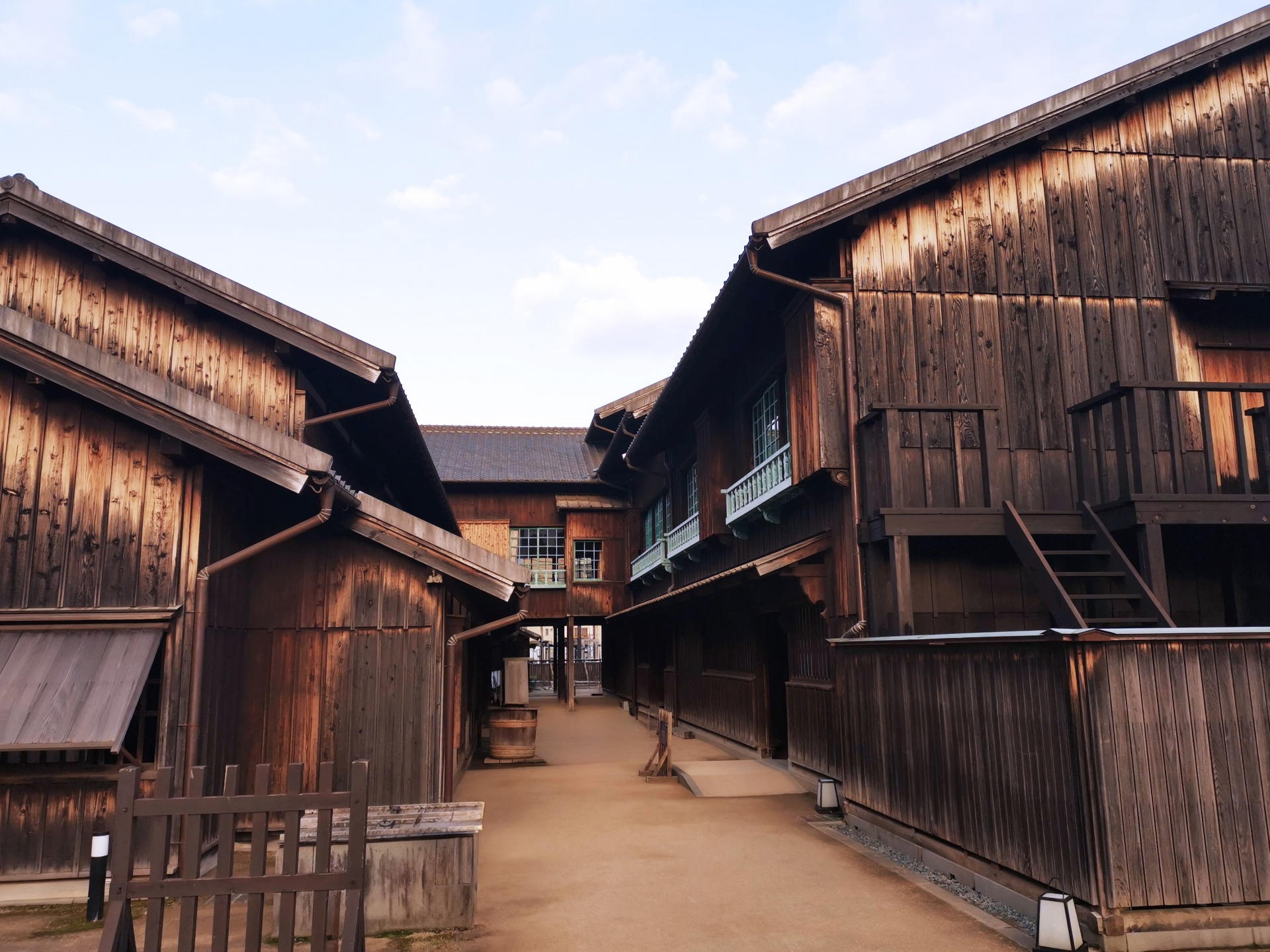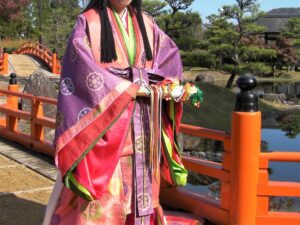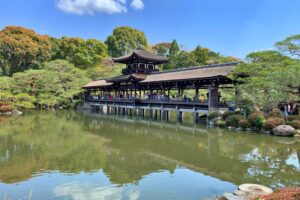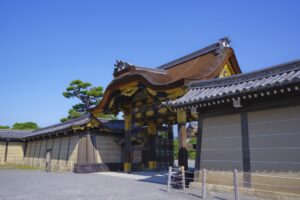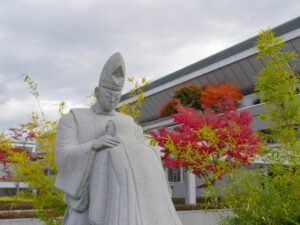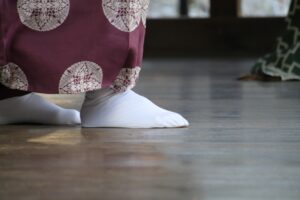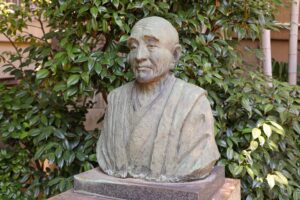The term sakoku (鎖国), literally translating to “chained” or “locked country,” refers to Japan’s self-imposed isolation during the Edo period (1603–1868) under the Tokugawa shogunate. For over two centuries, Japan maintained strict control over foreign contact and trade, shaping a society that evolved largely independent of the outside world.
This article explains what sakoku means, how it was established, what life was like under the policy, and how it eventually ended. It also explores how this period of isolation influenced Japan’s cultural development and its lasting impact on modern national identity.
What Does “Sakoku” Mean?
The Japanese word sakoku (鎖国 / さこく) combines two kanji: saku (鎖) meaning “to chain” or “lock,” and koku (国) meaning “country.” The term literally means “locked country.” It refers to Japan’s deliberate foreign policy of seclusion during the Tokugawa era, in which international relations and trade were tightly regulated.
Interestingly, the term sakoku itself was not used during the Edo period. It entered Western academic discourse through the writings of the German physician Engelbert Kaempfer, who visited Japan in the 1690s. His depiction of Japan as a “locked country” influenced European perceptions, and the term later became standard in Japanese historical vocabulary to describe the Tokugawa isolation policy.
It is crucial to understand that sakoku did not mean total isolation. Rather, it represented a system of “controlled isolation.” Japan maintained selective engagement with the outside world, allowing limited and carefully supervised trade, especially through Nagasaki’s Dutch and Chinese trading posts.

Origins of Sakoku and Early Implementation
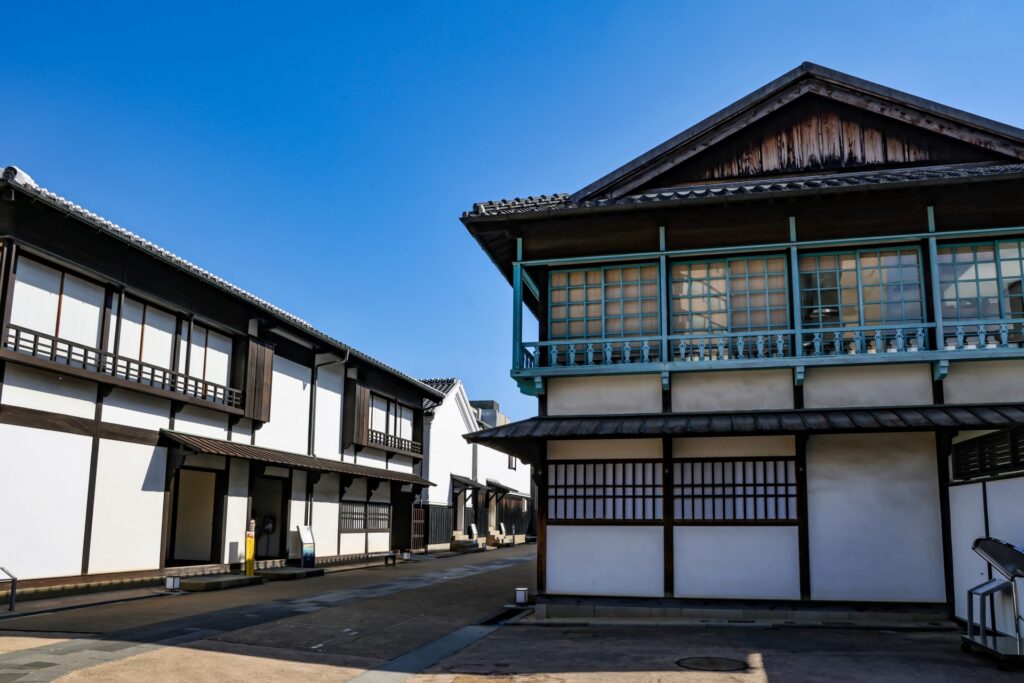
The origins of sakoku can be traced to the early 17th century, when Japan sought stability after centuries of warfare. The Tokugawa shogunate, established in 1603 by Tokugawa Ieyasu, aimed to centralize power and maintain peace. At the same time, European colonial expansion and Christian missionary activity threatened to disrupt Japan’s unity and political authority.
To counter these influences, the shogunate issued a series of “seclusion edicts” between 1633 and 1639, most notably the 1635 decree by Tokugawa Iemitsu. These laws banned Japanese citizens from traveling abroad, prohibited the return of those already overseas, and restricted foreign ships from entering Japanese ports. Christianity was outlawed, and missionary activities were harshly punished.
Despite the restrictions, trade did not cease entirely. The Dutch were permitted to operate from the artificial island of Dejima in Nagasaki, while Chinese merchants and the Korean Joseon Dynasty maintained limited and regulated contact.
Tokugawa Shoguns of the Sakoku Era
| Period | Shogun | Reign | Key Actions / Notes |
| Early | Tokugawa Iemitsu | 1623–1651 | Issued the Seclusion Edicts, banned Christianity, established sakoku system |
| Mid | Tokugawa Tsunayoshi | 1680–1709 | Promoted Confucian ethics, issued the “Laws of Compassion” |
| Mid | Tokugawa Yoshimune | 1716–1745 | Implemented Kyōhō Reforms, encouraged Rangaku (Dutch learning) |
| Late | Tokugawa Ienari | 1787–1837 | Oversaw a long reign of prosperity and later decline |
| End | Tokugawa Ieyoshi → Iesada | 1837–1858 | Confronted Commodore Perry’s “Black Ships” |
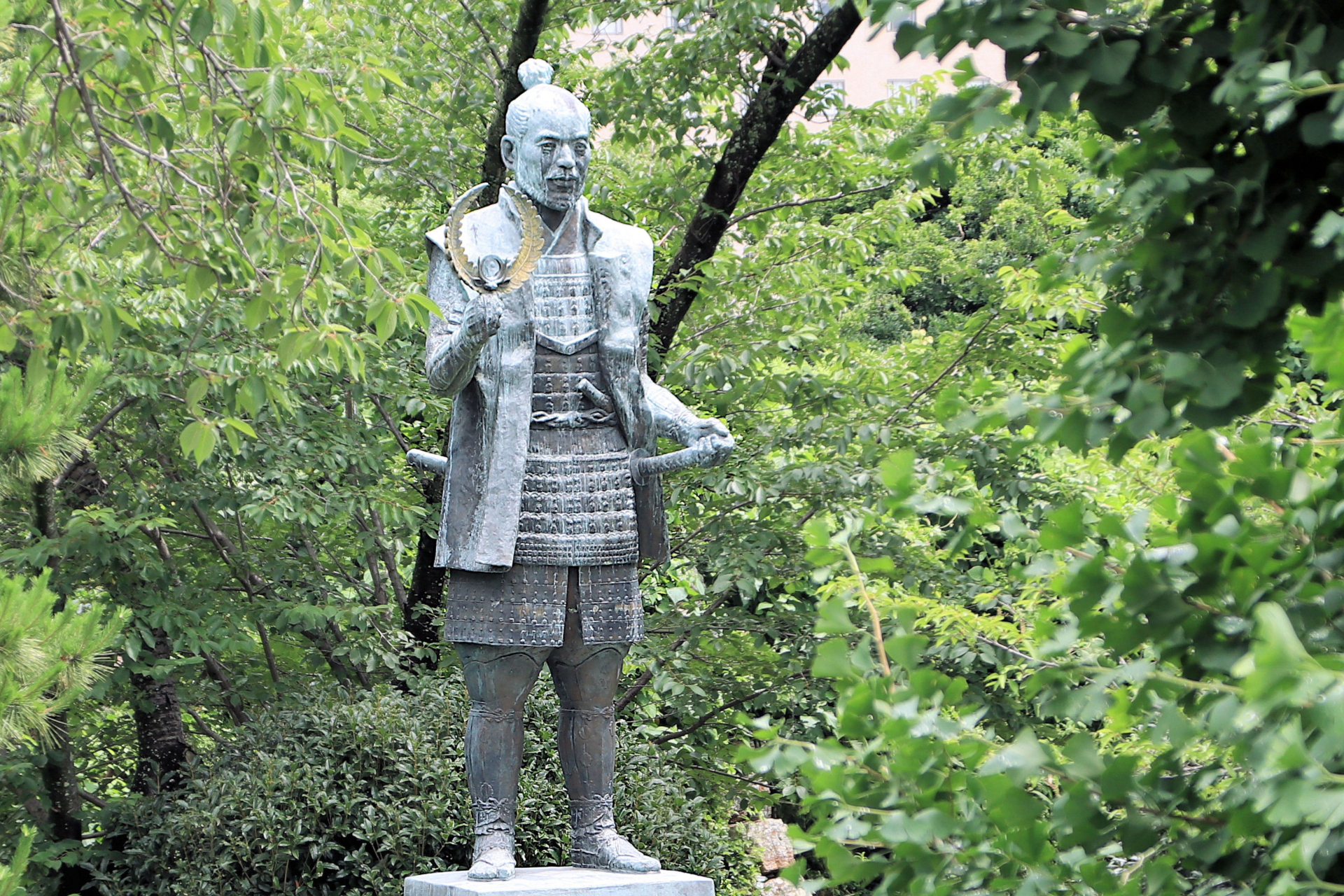
Key Features of the Policy: Travel, Trade, Religion
Under sakoku, the movement of people and goods was strictly controlled. Japanese citizens were forbidden to travel abroad, and those who attempted to return after leaving the country faced execution. Foreigners, with very few exceptions, were barred from entering Japan.
Trade was confined to the port of Nagasaki, where Dutch and Chinese merchants conducted business under close surveillance. The Dutch East India Company’s outpost on Dejima served as Japan’s only direct connection to the West. Meanwhile, Christianity was suppressed, as the Tokugawa rulers viewed it as a destabilizing foreign influence that could threaten political order.
This system allowed Japan to manage external risks while maintaining selective economic and intellectual connections with the world—a delicate balance of isolation and engagement.
Societal, Economic, and Cultural Impacts
The sakoku period brought unprecedented peace and stability. With warfare halted, cities like Edo (Tokyo), Osaka, and Kyoto flourished as centers of commerce, art, and scholarship. A prosperous merchant class emerged, fostering the development of ukiyo-e woodblock prints, kabuki theater, haiku poetry, and the tea ceremony.
Economically, Japan achieved near self-sufficiency through domestic agriculture and carefully regulated trade in Nagasaki. However, isolation had its downsides. While Europe underwent the Industrial Revolution, Japan’s technology and military capabilities stagnated, leaving the country vulnerable to Western imperial powers by the 19th century.
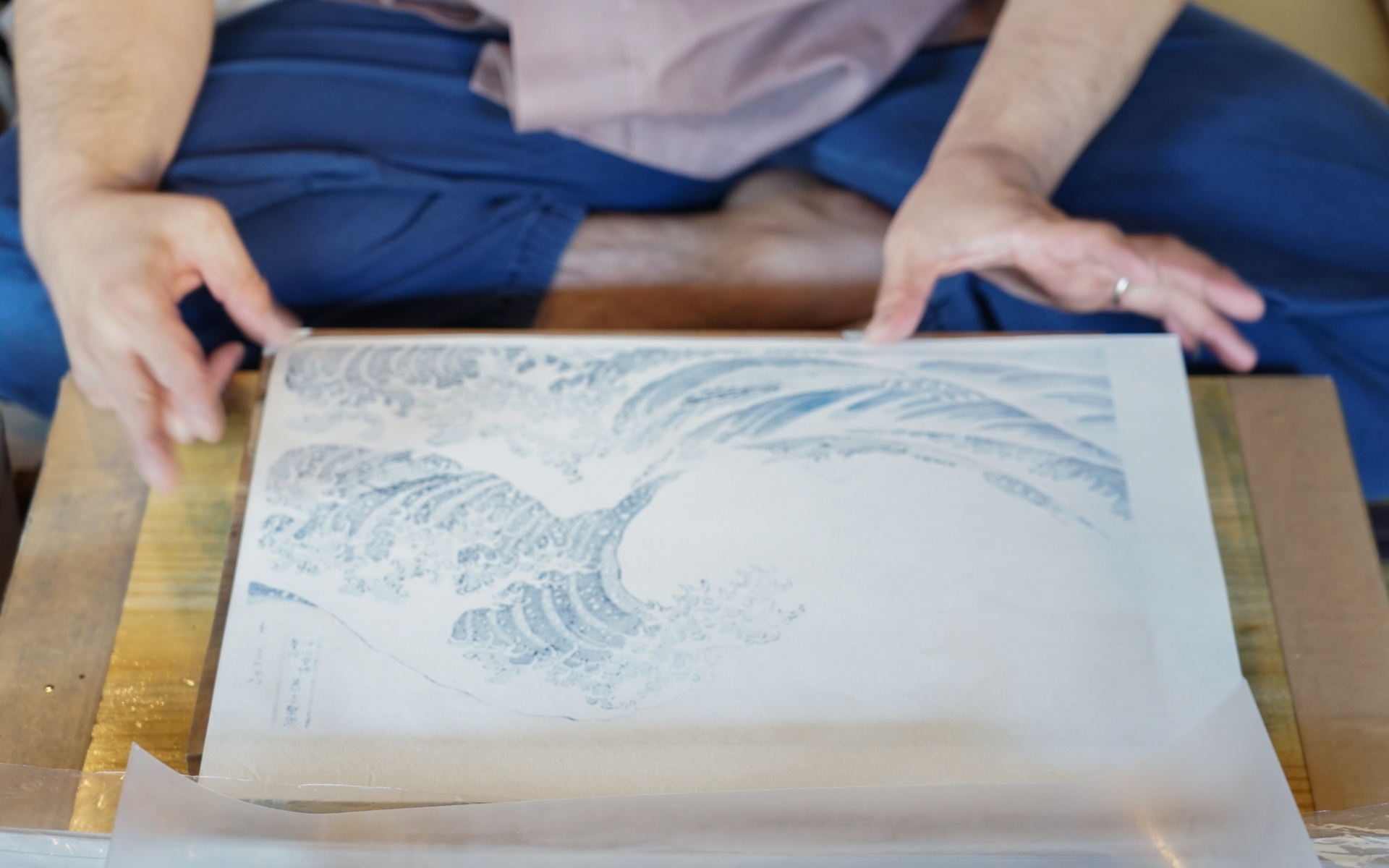
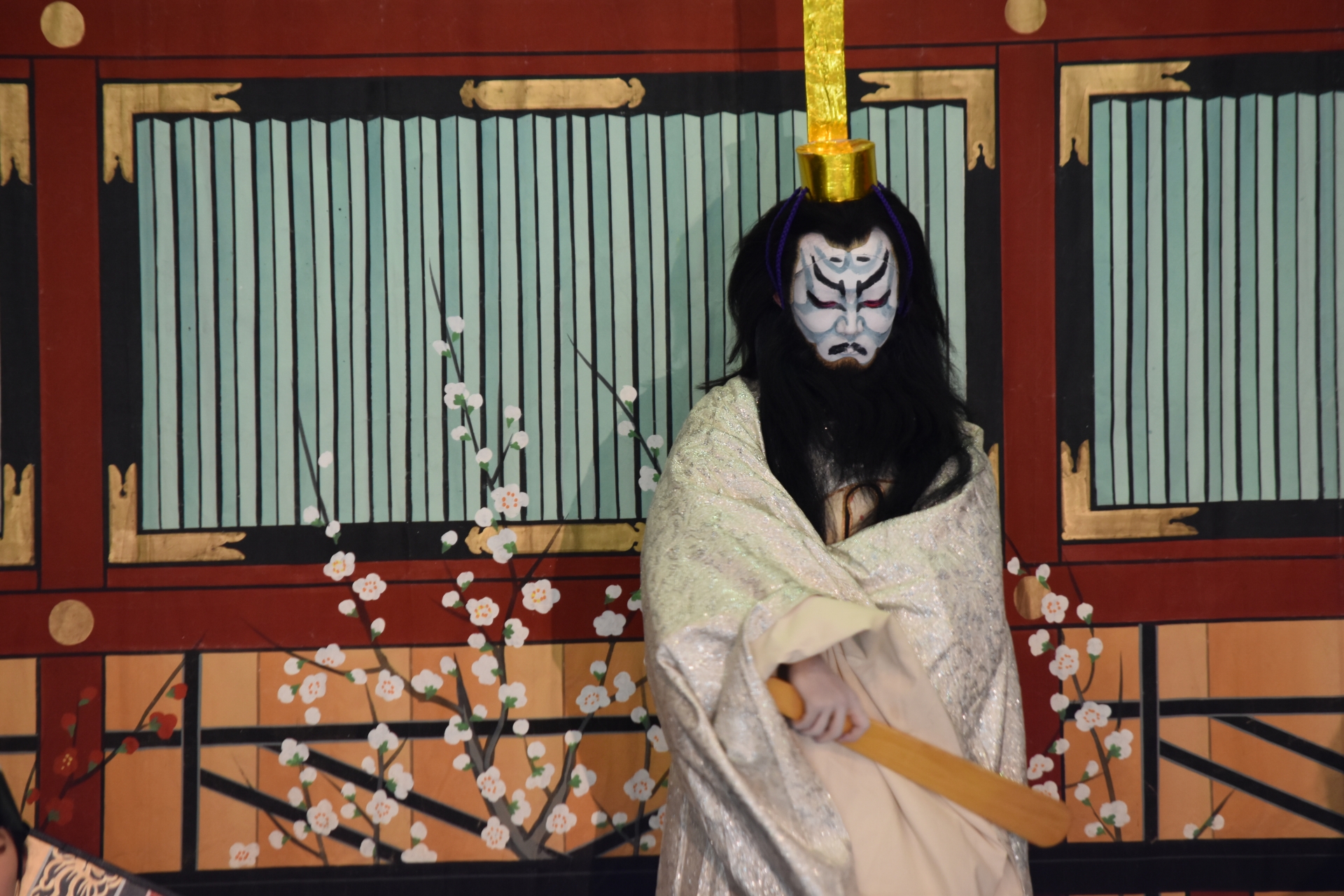

Pros and Cons of Sakoku
| Advantages | Disadvantages |
| Over 250 years of peace and stability | Technological and military lag |
| Cultural flourishing (ukiyo-e, kabuki, haiku) | Diplomatic inexperience |
| Economic self-sufficiency and urban growth | Limited access to industrial innovation |
| Strong social order | Corruption and stagnation in late Edo |
| Protection from colonial expansion | Isolation from global developments |
In essence, sakoku functioned as both a shield and a cocoon—preserving Japan’s peace while nurturing its distinctive, introspective culture.
How “Closed” Was Japan Really?
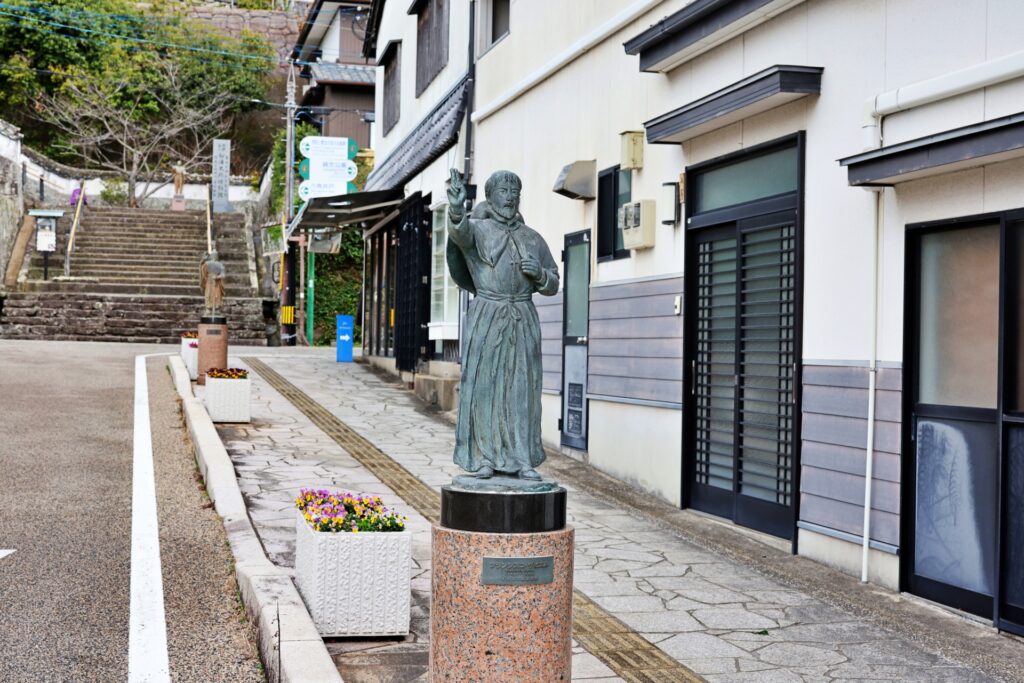
Despite its reputation, Japan was never completely cut off from the world. Diplomatic and commercial relations persisted with select partners.
| Region | Nature of Contact | Notes |
| China | Trade and cultural exchange | Chinese merchants in Nagasaki |
| Korea | Official missions via Tsushima | Regular diplomatic contact |
| Ryūkyū Kingdom | Semi-independent trade partner | Linked to Satsuma Domain |
| The Netherlands | Trade and scientific exchange | Dejima outpost in Nagasaki |
| Ainu (Hokkaido) | Indigenous trade relations | Northern contact zone |
Through Rangaku (“Dutch learning”), Japanese scholars studied Western science, medicine, and technology, laying the intellectual groundwork for Japan’s future modernization. Sakoku was therefore less about isolation and more about selective, strategic engagement.
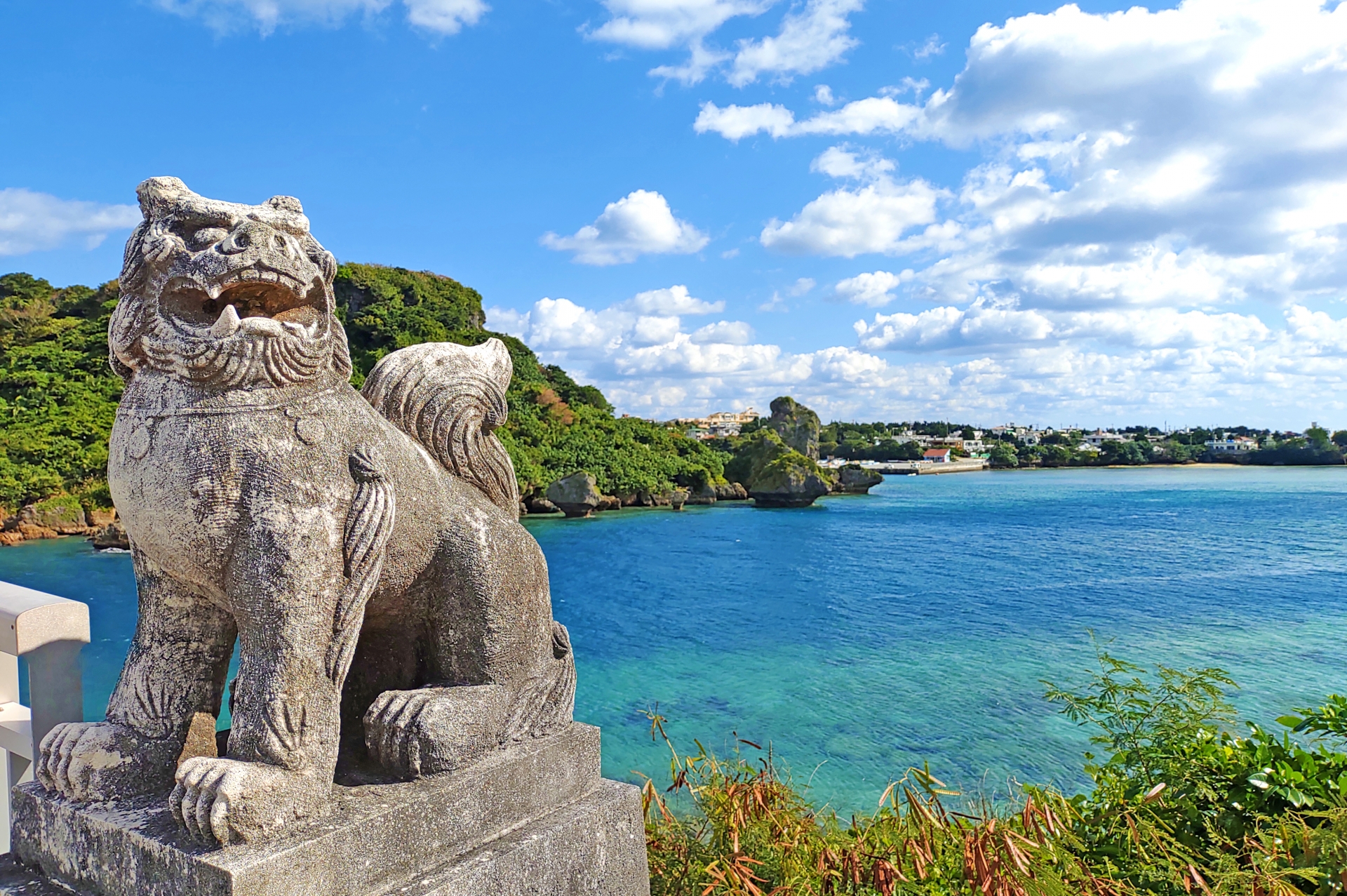
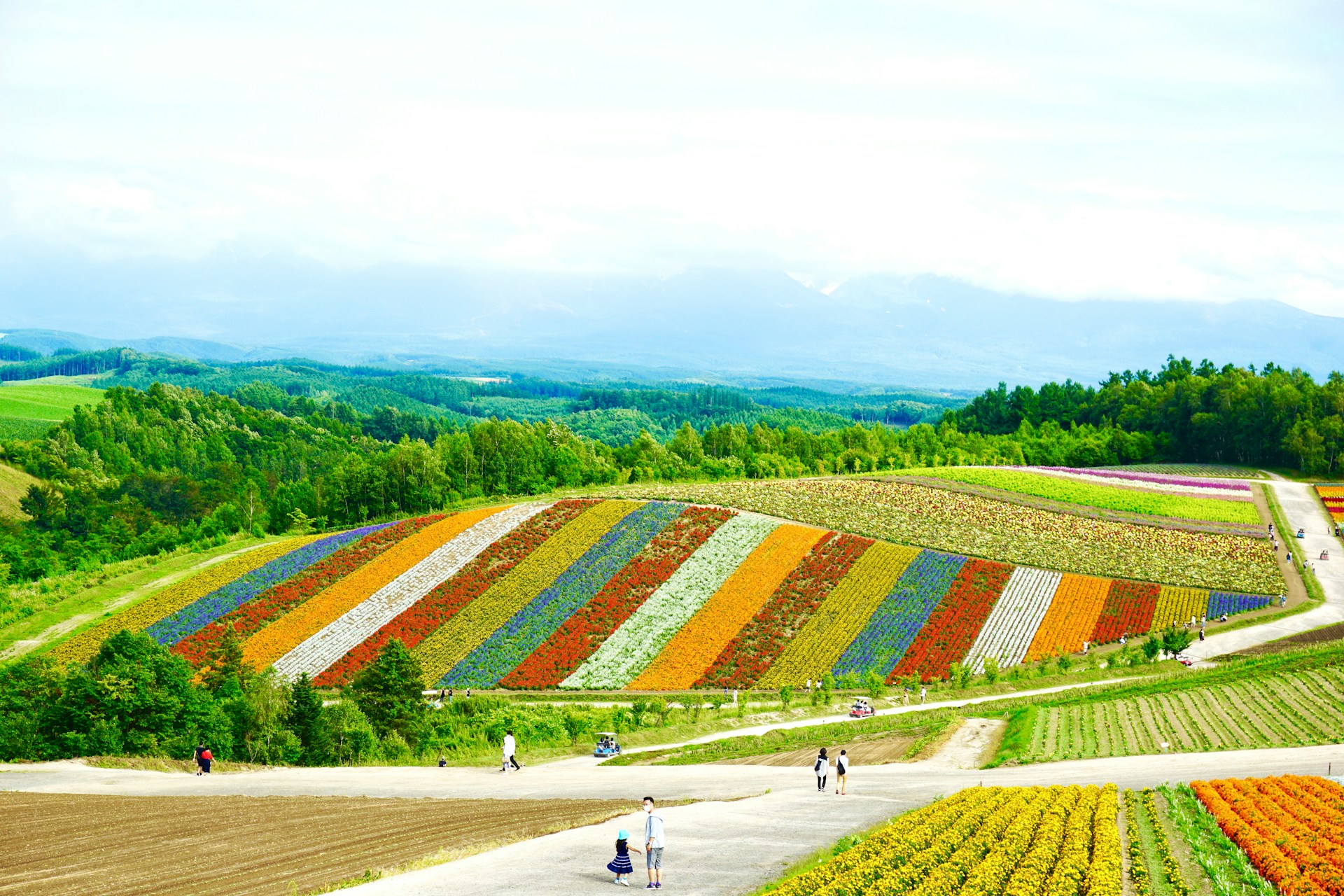
The End of Sakoku and Japan’s Opening

By the mid-19th century, Western powers were pressing Japan to open its ports to international trade. In 1853, Commodore Matthew Perry arrived with his “Black Ships,” demanding access under threat of force. Facing internal unrest and external pressure, the Tokugawa shogunate signed treaties that effectively ended the seclusion policy.
This marked the twilight of the sakoku era and the dawn of the Meiji Restoration in 1868. Ironically, the discipline, education, and administrative structure developed during sakoku allowed Japan to modernize rapidly once it reopened, transforming into a global power within a few decades.
The Legacy of Sakoku in Modern Japan and Beyond
The legacy of sakoku endures in Japan’s cautious approach to globalization and its strong sense of cultural identity. Modern Japan continues to balance a deep respect for tradition with the selective adoption of foreign influences—an echo of Edo-era pragmatism.
Scholars continue to debate whether sakoku truly represented isolation. Many now interpret it as a form of “managed diplomacy,” emphasizing Japan’s agency in defining its global interactions.
For today’s travelers and cultural enthusiasts, sakoku symbolizes “Hidden Japan”—a romanticized era of refinement, artistic brilliance, and quiet beauty that continues to fascinate the world.
Conclusion: Reflecting on Japan’s Sakoku Period
Sakoku was not simple isolation. It was a sophisticated system of “controlled isolation” that safeguarded Japan’s sovereignty while nurturing one of the most remarkable cultural blossoms in history.
Its dual legacy—stability and stagnation—reflects the enduring tension between independence and interconnectedness. Understanding sakoku offers valuable insight into how Edo-era peace laid the foundation for Japan’s modern transformation, and how the lessons of a “locked country” still resonate in today’s globalized world.

